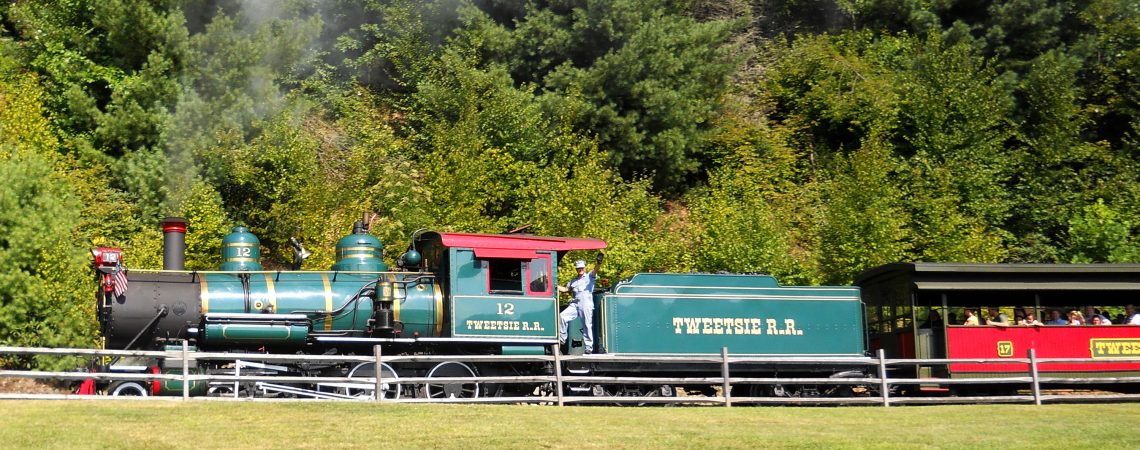When you think of a steam locomotive, you picture strength and motion, not the careful disassembly it takes to restore one after more than 100 years of service. But that’s exactly where we started with Locomotive No. 12, the only surviving narrow-gauge engine from the East Tennessee & Western North Carolina Railroad (ET&WNC).
Step 1: Disassembly
It took 2–3 weeks to strip No. 12 down to her bare boiler. We removed the jacket, piping, and dozens of components that will later be cleaned, repaired, and put back exactly where they belong.
Step 2: Inspection
Next came an in-depth inspection to determine what repairs were necessary. This included:
Ultrasonic technology, a non-destructive method that checks metal thickness and structural integrity without causing harm.
Visual inspections of the internal components, including the flues and dry pipe
Water Analysis: Even the water matters; impurities can corrode a boiler.
We even found a torch weld repair on the firebox dating back to the 1920s or 1930s, long before electric welding was standard.
Every finding helps determine what’s next, ensuring safety for years to come.
Did you know?
Steam boilers hold water at over 200 psi of pressure, roughly 14 times the pressure in your car tires. That’s why this inspection process is so important!
Next Up: In Blog 2, we’ll share why rebuilding a firebox is one of the toughest jobs in railroad preservation, and what happens when the original plans no longer exist.

